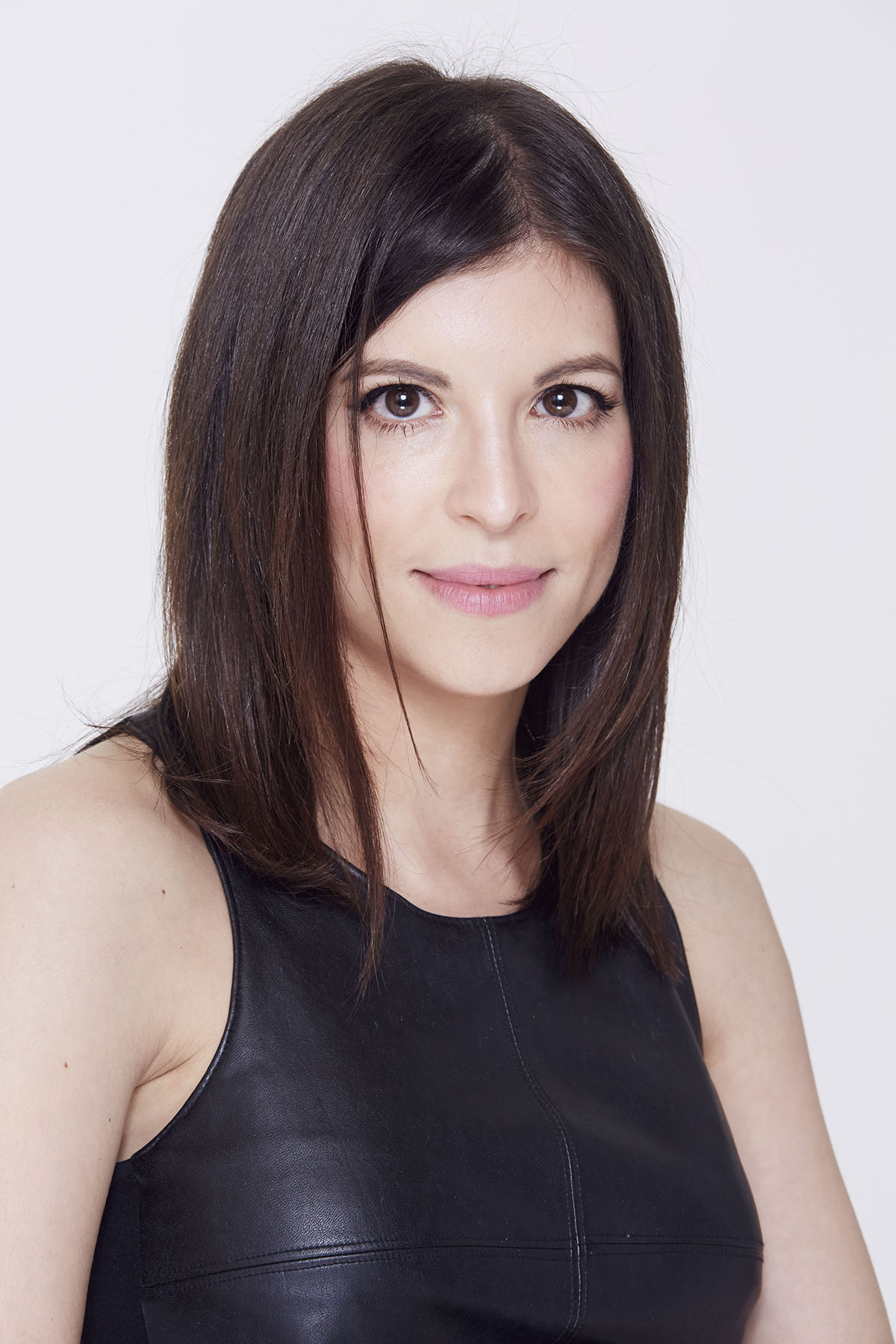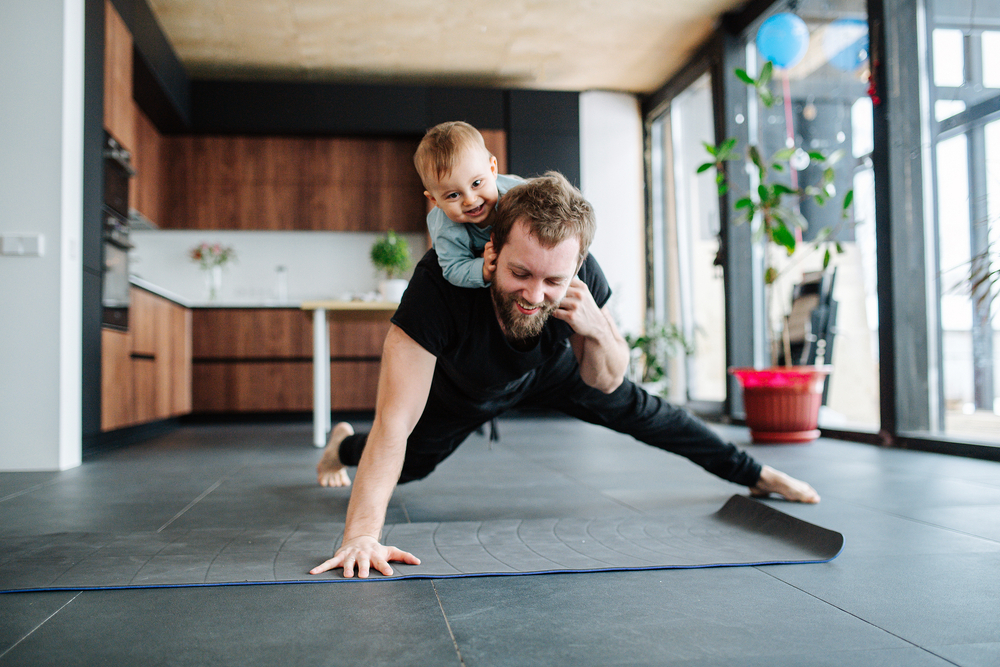This year has shifted our perspective in so many ways, including how we see movement and exercise. Where you once might have felt like you need to go to the gym or to an expensive workout class to stay fit, maybe now you see that you can be strong and healthy by doing yoga in your living room, or by taking brisk walks through your neighborhood.
We asked our Thrive community to share with us the exercise and movement takeaways they’ve gained from the pandemic. Which of these lessons did you learn this year?
Having an accountability buddy is key
“One lesson I learned about movement this year is that it doesn’t have to be much, but it does have to be consistent — and an accountability buddy can help. As I’ve aged, I’ve had to get out of my collegiate athlete mindset of ‘no pain, no gain,’ and into a mindset of ‘move it or lose it.’ I’ve therefore developed consistent habits around Zoom yoga and daily walks. The key is not skipping it, even when the weather isn’t the best. Having a partner has helped me with this tremendously, as we encourage each other to stay consistent.”
—Peggy Schipper, chemical sales representative, Wayne, PA
We don’t need traditional equipment
“At the beginning of quarantine, I froze. I was no longer rushing through the airport, walking across campuses, or taking trips to the gym. I got in a rut, so I started using 15-pound bags of rice, water bottles, and cans of tomatoes for basement workouts. After a 5-month delay in my order of free weights, I’ve now been able to raise the bar on my basement training sessions.”
—Donna Peters, executive coach and MBA Faculty, Atlanta, GA
Walking meetings can be more effective than Zooms
“Most of us have full calendars with virtual meetings with teams, family members, or friends. To stay moving, I’ve moved some of my recurring one-to-one meetings to the phone instead. Ironically, speaking over the phone feels more personal now. Given the times we’re living in where screen fatigue is real, I walk in my garden or my home office to increase physical activity seamlessly and it is quite refreshing.”
—Vinutha Narayan, global head, strategic initiatives, San Francisco, CA
Gentle movement is still movement
“I’ve learned that movement and exercise doesn’t have to be epic or exhausting to create a healthy shift. Subtle, mindful movement brings us back home to ourselves, enlivens our bodies, and settles our minds. By simply focusing on the breath, twisting in a chair, or standing grounded in alignment we are using our bodies wisdom to re-calibrate the nervous system, allowing us to reconnect with the essence of who we are. These practices can even shift our perspective and help us cope with stress.”
—Megan Moseley, PT, Portland, OR
A walk can double as our self-care
“Throughout the pandemic, there have been multiple occasions where going for a brisk walk has helped me clear my head. It’s become my ‘me time’ to get through a podcast, vent to a friend, discuss new ideas, or just listen to some music. My 45-minute walks have generally led to clarity of thought. It’s become my time for self-motivation and it always boosts my mood.”
—Bhakti Talati, resume writer, Mumbai, India
We don’t need to harp on what’s “enough”
“I’ve learned that I don’t need to be a fitness fanatic to move. A small gesture, whether it be a good morning stretch, a midday walk, or an evening session of lifting a water bottle through several repetitions is good enough. In fact, any movement is better than no movement. I’ve learned that I feel better when I move just a little bit, and for now, that’s good enough.”
—Marta Rzeszowska Chavent, management and change consultant, France
There’s power in slowing down
“I have always stayed fit and healthy, but I have perhaps been too focused on high-intensity cardio activities such as running, cycling or swimming. These past twelve months have allowed me to embrace things at a slower pace. While I have kept up with the high intensity cardio, I have also been enjoying early morning walks with my wife. Walking through a deserted park or along a serenely still river Thames at dawn is a magical experience. I have also been paying a lot more attention to nature when I am out walking or running.”
—Nick Bloy, wellbeing coach, London, U.K.
We don’t need to carve out a one-hour window
“I’ve started using movement to reset throughout the day and do short workouts in between Zoom calls, like 10-minute arm exercises or quick ab workouts. I also transition from work to evening with a 15-minute dance routine. Each of these short exercises are done in my office where I have weights and a mat. My new routines require short bursts of time and help ease the body stress that comes from sitting in one place when working from home.”
—Eva Wisnik, president of Wisnik Career, New York, N.Y.
Exercise can be playful
“Do you remember when we used to run outside and play as children? No agenda, just fun. This year, I relearned how I can find joy with movement when I engage with my kids. From dance parties to evening strolls, as well as hikes and bike rides, I found that I could get in a good workout, spend quality time with my family, and discover more joyful play in my daily activities.”
—Dr. Jannell MacAulay, co-founder Warrior’s Edge, Ogden Valley, UT
Setting alarms throughout the day can help
“The pandemic has meant sitting for extended periods of time. I decided to set the alarm on my phone to move my body every 90 minutes. I turn on a happy song and dance around my home, stretch, or do a five-minute workout video online. I have noticed a massive improvement in my mood, energy, and motivation. Incorporating a little movement throughout my day has definitely impacted my overall well-being and productivity.”
—Farrah Smith, life coach, Los Angeles, CA
Take a mindful break and immerse yourself in a “Meditative Story” here.
Follow us here and subscribe here for all the latest news on how you can keep Thriving.
Stay up to date or catch-up on all our podcasts with Arianna Huffington here.


